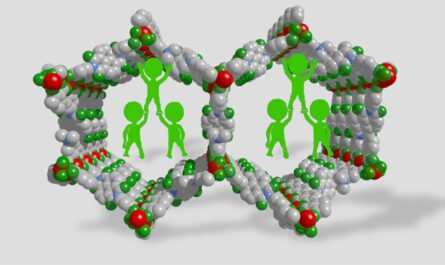Recovered Carbon Black: A Sustainable Solution for the Future of Rubber Manufacturing
What is Recovered Carbon Black?
Recovered carbon black, also known as reclaimed carbon black or recycled carbon black, is carbon black that is produced from end-of-life tires through a process called pyrolysis. Carbon black is a fine black powder that is widely used as a reinforcing filler and pigment in the production of tires and other rubber products. Typically, carbon black is produced through the incomplete combustion of heavy petroleum products such as tar or crude oil. However, with recovered carbon black, the raw material comes from shredded and ground up scrap tires instead.
The Pyrolysis Process
The pyrolysis process basically involves heating discarded tires in a reactor chamber without oxygen present. As the tires are heated to temperatures between 400-500°C, the rubber and fibers decompose into pyrolytic oil, syngas, steel and carbon black. The carbon black content settles at the bottom of the reactor as a fine powder, while the oil and gas are collected for further use as fuel. The steel belts and bead wire are also separated out in this process.
This recovered carbon black powder has physical and chemical properties very similar to conventionally produced carbon black. It has the same reinforcing ability, pigmenting effect, dispersibility and surface area. The only noticeable difference is that it contains trace contaminants like zinc and sulfur from the original tire formulation. However, with suitable processing, these contents can be reduced to acceptable commercial levels.
Environmental and Economic Benefits
There are significant environmental and economic advantages associated with using recovered carbon black. Firstly, it diverts waste tires from landfills and incineration. An estimated 1 billion scrap tires are discarded worldwide every year, creating a major waste disposal problem. By recycling tires into recovered carbon black, we are able to find a higher purpose for this waste stream.
Secondly, it conserves natural resources since recovered carbon black partially replaces crude oil-derived carbon black in rubber applications. This helps reduce our dependence on non-renewable fossil fuels. It is estimated that every ton of recovered carbon black produced offsets around 1.6 tons of crude oil extraction.
From an economic standpoint, recovered carbon black provides a cost-effective and stable alternative to primary carbon black. This makes rubber formulations incorporating recovered carbon black very attractive to tire and rubber goods manufacturers. It also generates additional revenue streams from the sale of pyrolytic oil and treated steel recovered from the tires. All things considered, the recovered carbon black industry provides an excellent example of the circular economy in practice.
Applications of Recovered Carbon Black
Recovered carbon black finds various applications depending on the specification and quality attained during processing:
– Tire Rubber: Recovered carbon black can replace up to 30% of primary carbon black used in the production of new tires. Most tire manufacturers adopt a blend of virgin and recovered carbon black. Virgin carbon black lends properties like abrasion resistance while recovered carbon black offers cost savings.
– Non-Tire Rubber: Other rubber products that commonly use recovered carbon black include hoses, belts, molded goods, seals and gaskets. Recovered carbon black provides the reinforcing function and color. Blends containing 20-40% recovered carbon black perform well for these applications.
– Plastics: At higher process yields with strict quality control, recovered carbon black can be incorporated into plastic compounds for products like hoses, pipes and cables. Between 5-15% loading is generally adopted. The black pigment imparts aesthetics and UV protection.
– Inks and Coatings: Select grades meeting food contact standards find application in printing inks, paints and coatings. Loading levels are around 5-10% based on the specific performance requirements.
Quality Considerations
For successful utilization of recovered carbon black, maintaining consistent quality is essential. Parameters like surface area, structure, concentration of metals and oxidation need to be analyzed and controlled. Variability in the pyrolysis feedstock composition impacts the properties of the final product. Proper classification, beneficiation and testing helps streamline the grade for intended applications. Adopting certified production processes as per international standards assures end-users of quality and performance. With adequate quality focus, recovered carbon black emerges as a commercially viable and standardized material.
Future Outlook
As resource conservation and circular economy principles gain prominence globally, the recovered carbon black industry is slated for steady growth. Tighter environmental regulations and landfill bans on scrap tires will further drive demand. Technological advances aim to attain higher process yields and carbon black recoveries from pyrolysis. Development of specialized grades tailored for new market segments will expand applicability. Automation and Industry 4.0 solutions promise to enhance plant efficiencies. With significant effort placed on consistent quality production, recovered carbon black is positioned as a sustainable long-term solution for the rubber industry and other material markets. Its widespread adoption will go a long way in establishing a reuse-oriented tires to tires recycling loop.
*Note:
1. Source: Coherent Market Insights, Public sources, Desk research
2. We have leveraged AI tools to mine information and compile it




